Weixin Zheng
NTIRE 2022 Challenge on Efficient Super-Resolution: Methods and Results
May 11, 2022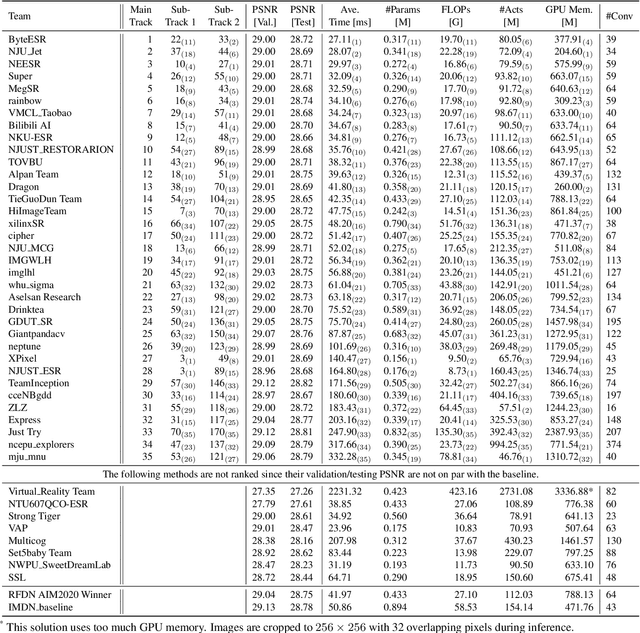
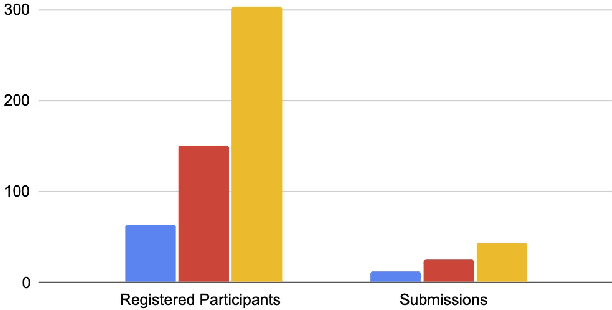
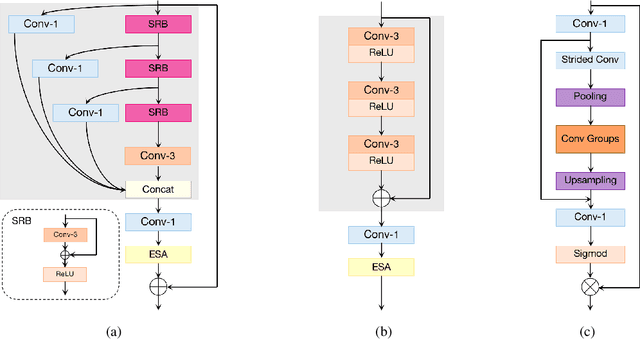
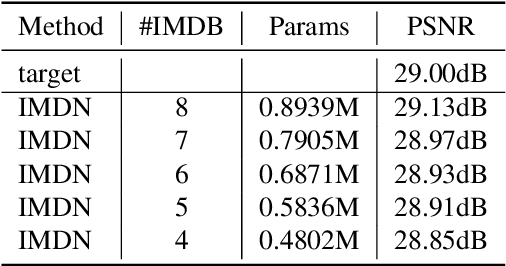
Abstract:This paper reviews the NTIRE 2022 challenge on efficient single image super-resolution with focus on the proposed solutions and results. The task of the challenge was to super-resolve an input image with a magnification factor of $\times$4 based on pairs of low and corresponding high resolution images. The aim was to design a network for single image super-resolution that achieved improvement of efficiency measured according to several metrics including runtime, parameters, FLOPs, activations, and memory consumption while at least maintaining the PSNR of 29.00dB on DIV2K validation set. IMDN is set as the baseline for efficiency measurement. The challenge had 3 tracks including the main track (runtime), sub-track one (model complexity), and sub-track two (overall performance). In the main track, the practical runtime performance of the submissions was evaluated. The rank of the teams were determined directly by the absolute value of the average runtime on the validation set and test set. In sub-track one, the number of parameters and FLOPs were considered. And the individual rankings of the two metrics were summed up to determine a final ranking in this track. In sub-track two, all of the five metrics mentioned in the description of the challenge including runtime, parameter count, FLOPs, activations, and memory consumption were considered. Similar to sub-track one, the rankings of five metrics were summed up to determine a final ranking. The challenge had 303 registered participants, and 43 teams made valid submissions. They gauge the state-of-the-art in efficient single image super-resolution.
Self-Calibrated Efficient Transformer for Lightweight Super-Resolution
Apr 19, 2022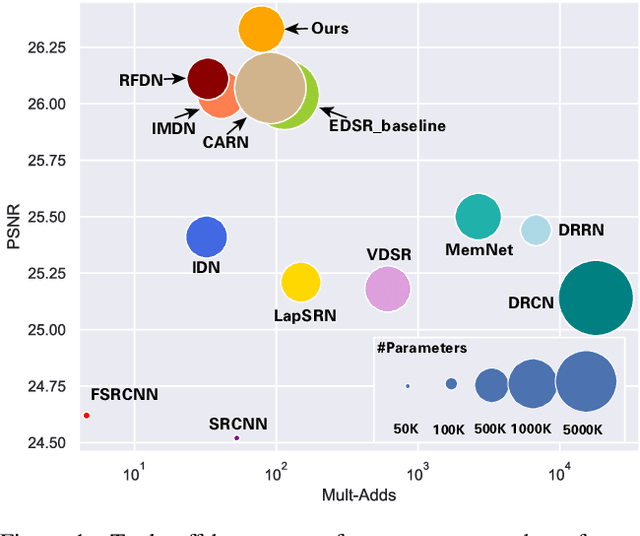
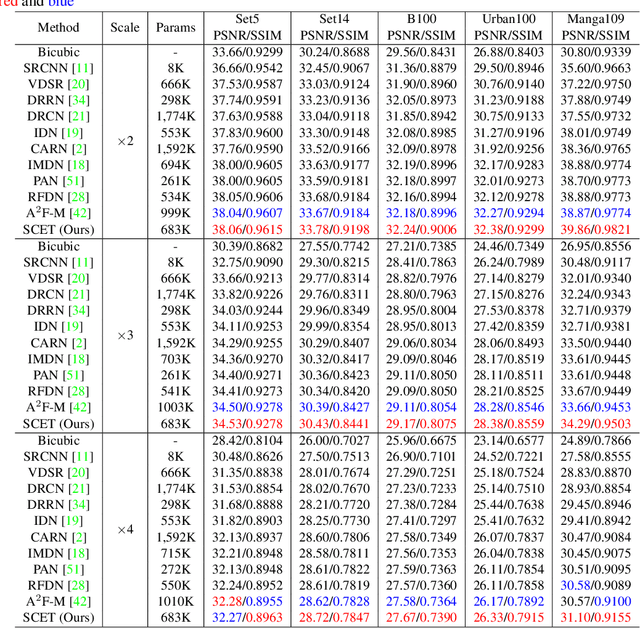
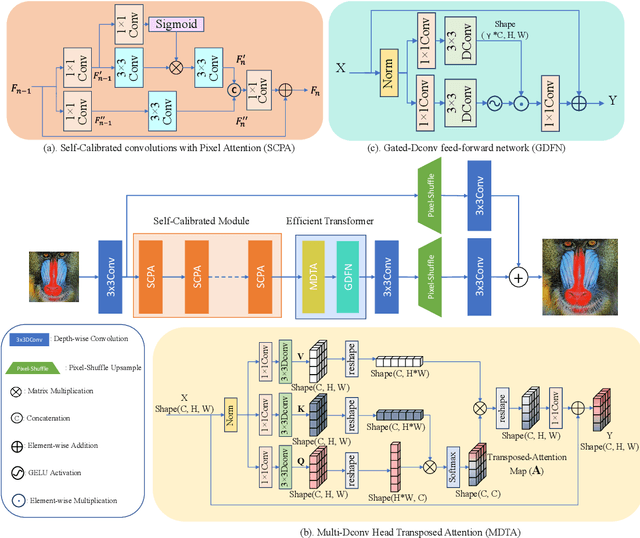

Abstract:Recently, deep learning has been successfully applied to the single-image super-resolution (SISR) with remarkable performance. However, most existing methods focus on building a more complex network with a large number of layers, which can entail heavy computational costs and memory storage. To address this problem, we present a lightweight Self-Calibrated Efficient Transformer (SCET) network to solve this problem. The architecture of SCET mainly consists of the self-calibrated module and efficient transformer block, where the self-calibrated module adopts the pixel attention mechanism to extract image features effectively. To further exploit the contextual information from features, we employ an efficient transformer to help the network obtain similar features over long distances and thus recover sufficient texture details. We provide comprehensive results on different settings of the overall network. Our proposed method achieves more remarkable performance than baseline methods. The source code and pre-trained models are available at https://github.com/AlexZou14/SCET.
 Add to Chrome
Add to Chrome Add to Firefox
Add to Firefox Add to Edge
Add to Edge